Earlier this year I was invited to the OzTek diving conference in Sydney. David Strike a keen supporter of the OWUSS had sponsored us with a booth for the show.This is where I was able to learn about the latest diving technology and make connections within the Australian diving industry. I also met Andrew and Jen from Rodney Fox Shark Expeditions in South Australia. They are a part of a team of extremely passionate shark scientists who use shark diving tourism as a platform for science and to inspire the understanding and appreciation of great white sharks through research and education.

I jumped at the unique opportunity to help out on their vessel, The Princess II, during an exciting time when the super giant female white sharks are around over four expeditions involving film crews, photography, science, and shark diving. Rodney Fox Shark Expeditions are the only operation in the world that allow divers to be lowered to the ocean floor and see these majestic animals in their natural habitat. The sharks glide effortlessly, just centimeters from seaweed and hugging the contours of the ocean floor.
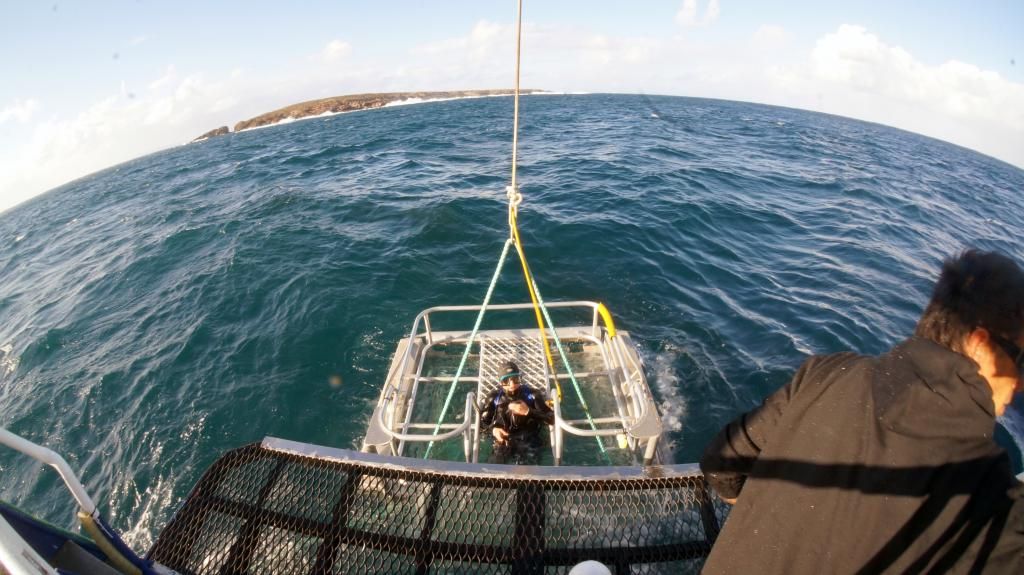
Between April to August, the super giant females are found at the Neptune islands amongst the smaller males which are seen right throughout the year. With perfect conditions, our expedition was lucky enough to venture to the South Neptune islands, the last stop before Antarctica and home to the largest seal colony in Australia. At this time of the year the seal pups are just learning to swim and that’s supposedly why the sharks are here. However there is suggestion that these sharks may just be a fraction of the total population and the ones seen here may be seal hunting specialists at this stage in their life.
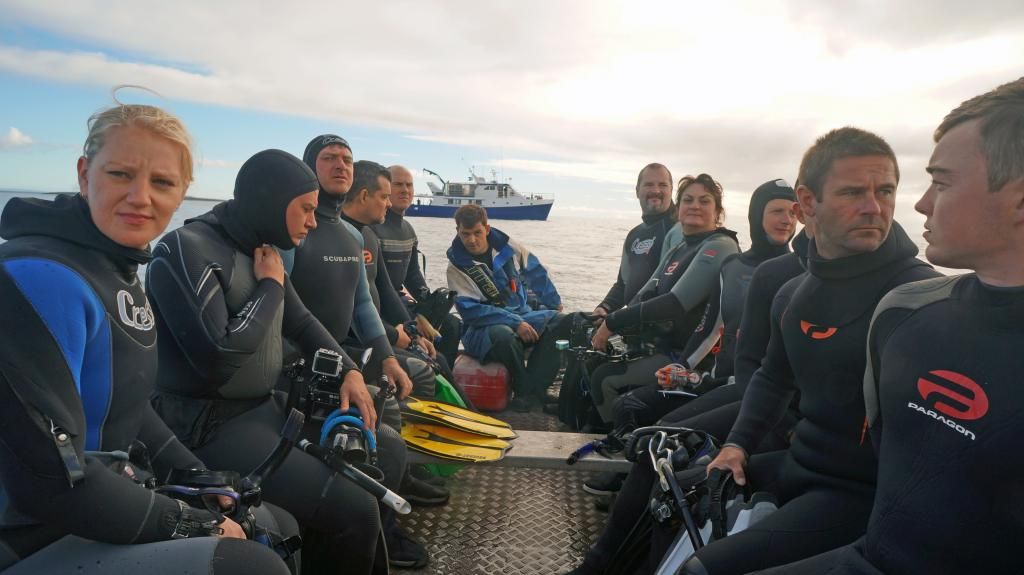
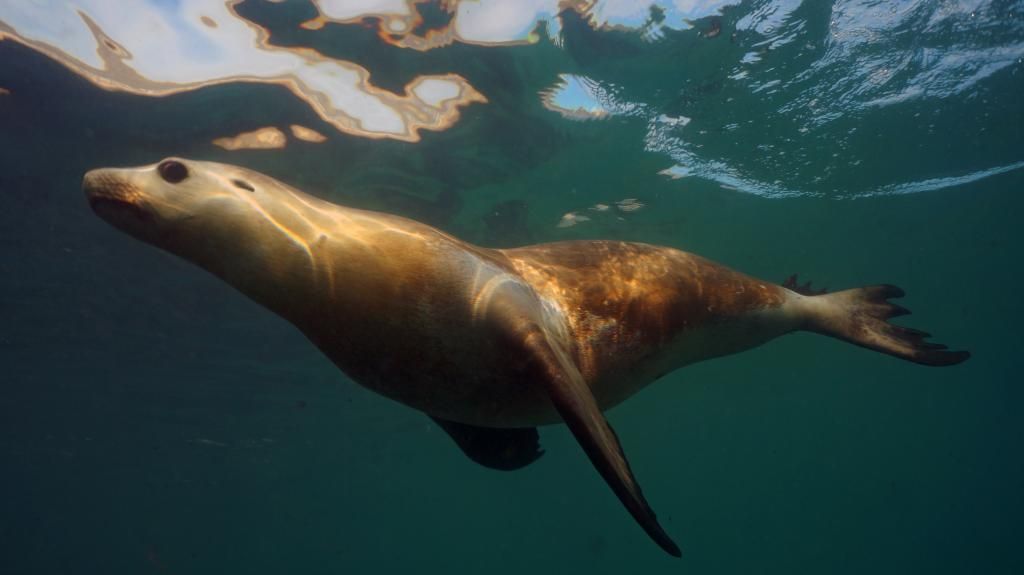
From a scientific point of view, there are still many questions regarding the great white shark and the team at Rodney Fox shark Expeditions are looking to find answers to some of the most intriguing mysteries such as where these sharks breed and where they go to drop their pups in Australian waters? We can begin to understand some of these major questions to understand the life history of white sharks through acoustic and satellite tagging. Sharks are tagged with a big pole and a tissue sample is acquired on each tag which is sent off to the CSIRO for genetic studies. Once attached, acoustic tags can stay on the sharks for several years have their own specific frequency and when a tagged shark swims within 400m of a receiver it ‘pings off’ and sends valuable ‘pinpoint’ data in the form of an email.
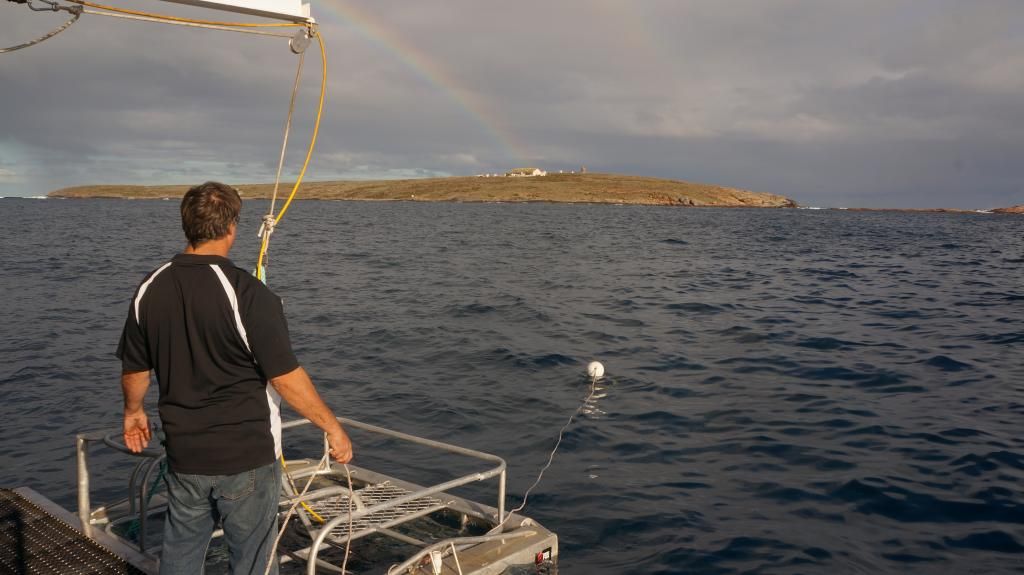
The South Neptune’s are further offshore than where the other day trip operations don’t go and the sharks are less aggravated, there’s less fish to get in the way of shark viewing and the sun reflects off the sandy bottom. Sharks here tend to be a bit ‘cruisier’ and bigger and was our best chance for getting a satellite tag into a super-giant female. Satellite tags provide more detailed information and log data such as depth and temperature while tracking the exact routes the shark travels on for six months in the form of 3D images. By directing these tags onto to mature breeding adults, it is possible to track where they go once they leave the Neptune islands.
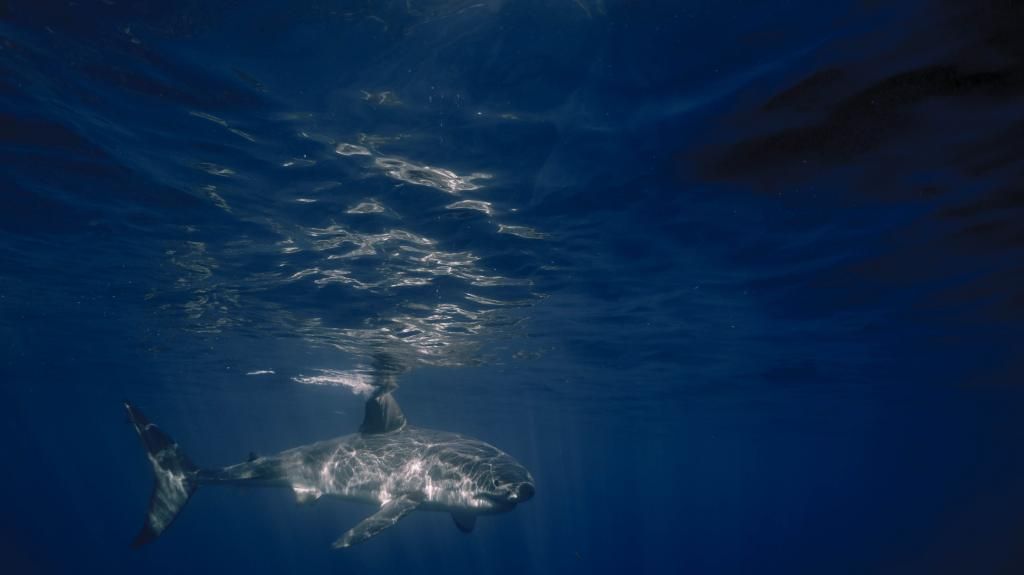
Previous research on white sharks in the Northeast pacific has suggested that they carry their young for 18 months, travel to an aggregation area and mate to complete a 2 year breeding cycle. However there is some evidence here at the Neptune Islands that adults here may be showing a 3 or 4 year cycle and indicating that these sharks may be only dropping one litter of young every 3 or 4 years.
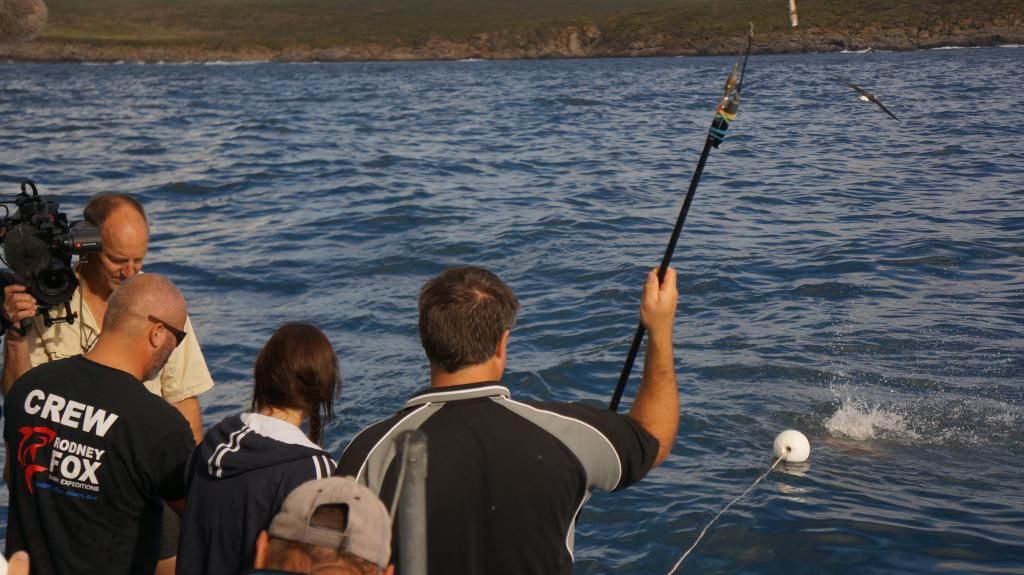
In recent years, satellite tagging has taught us that while most white sharks will migrate West from the Neptunes (as far north as Exmouth!) and in a few odd cases they travel East but at times some of these sharks are travelling as deep as 1000m! The sharks are on a massive roadtrip and they have little stops along the way which may be mating areas or pupping sites. This information can help us start to understand the movements of white sharks which may help improve beach safety by making the public aware of times of higher risk.
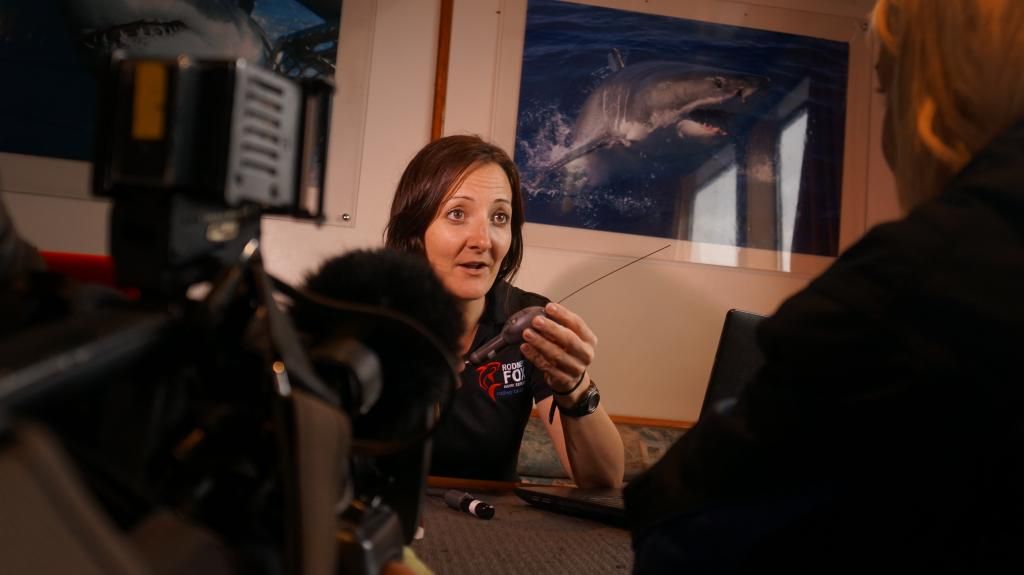
Another interesting topic in breaking great white shark science is the concept of shark ‘clans’. Recent observations are starting to suggest certain sharks tend to turn up at the Neptune’s at the same time and stay here for a couple of weeks together in the same space. It’s not necessarily suggesting that they travel together, or stay together all the time but they definitely have some association with each other over time. They seem to be comfortable with each other and a distinct social ranking so they know where they stand.
There’s also been recent genetic work to show the population on the east coast of Australia is completely different to the ones on the southern and western coasts of Australia. There seems to be a distinct ‘genetic barrier’ between sharks at Bass Strait and it is suggested that there used to be a land bridge linking Tasmania with the mainland that stopped mixing between populations and the sharks may still have a ‘genetic memory’ that stops the populations from breeding.
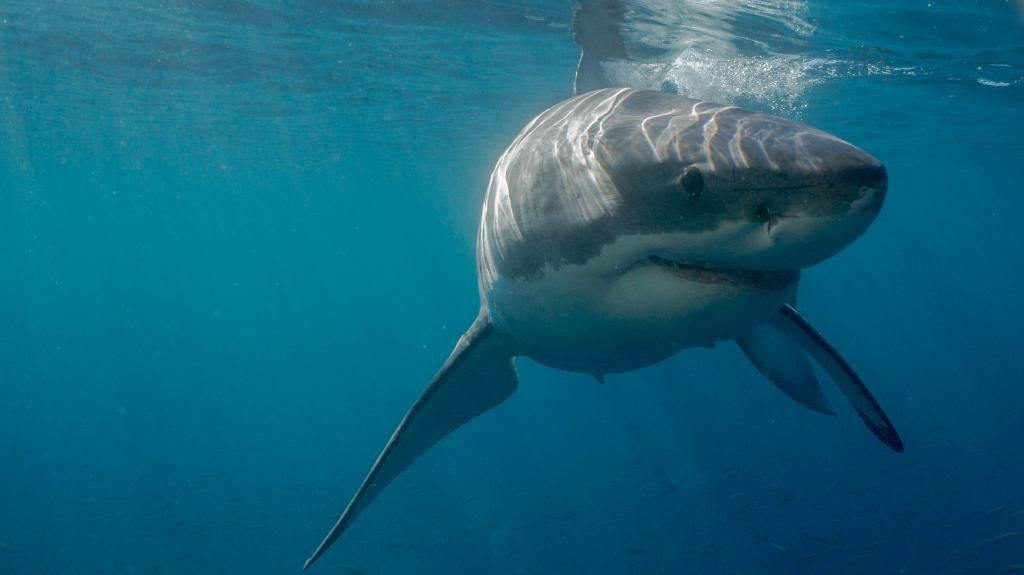
During my time on board over several trips, I was amongst professional underwater photographers and videographers who were all keen to ‘get the shot’ they were dreaming off. I spent some time with Peter Mooney from ScubaPix in Cairns who was trialing out the latest Nauticam housings and ports and was able to help me familiarize myself with my new camera setup and get some good shots. Peter is also a supporter of the OWUSS and our contact in Australia for Nauticam and Light and Motion.
The largest expedition involved a lot of equipment, planning and teamwork as Brent Mills’ film crew boarded to film the re-make of ‘The Fox and The Shark’ commemorating 50 years since Rodney Fox’s shark attack. The documentary was directed by the Discovery Channel’s Paul Gasek and each member of the film crew had unique specialties and worked together closely to film the entire documentary over 7 days at sea. They didn’t stop right from before sunrise each morning and they weren’t satisfied until they got all the interviews, sequences and cutaways they needed each day. Shooting the documentary on the boat did have its challenges, and the crew had to overcome problems such as background noise from the compressor, lighting issues and simplifying scientific terminology for the target audience.
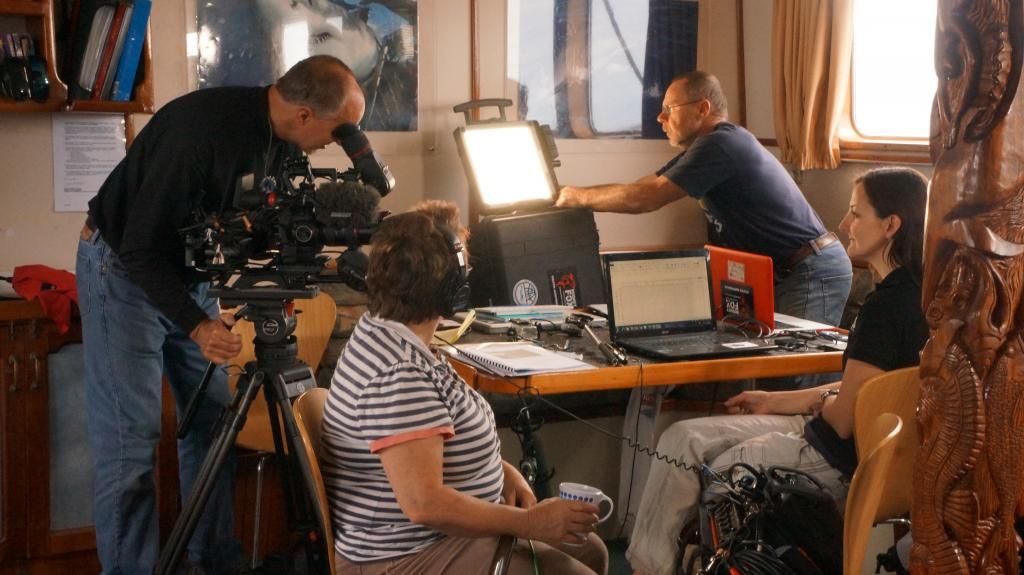
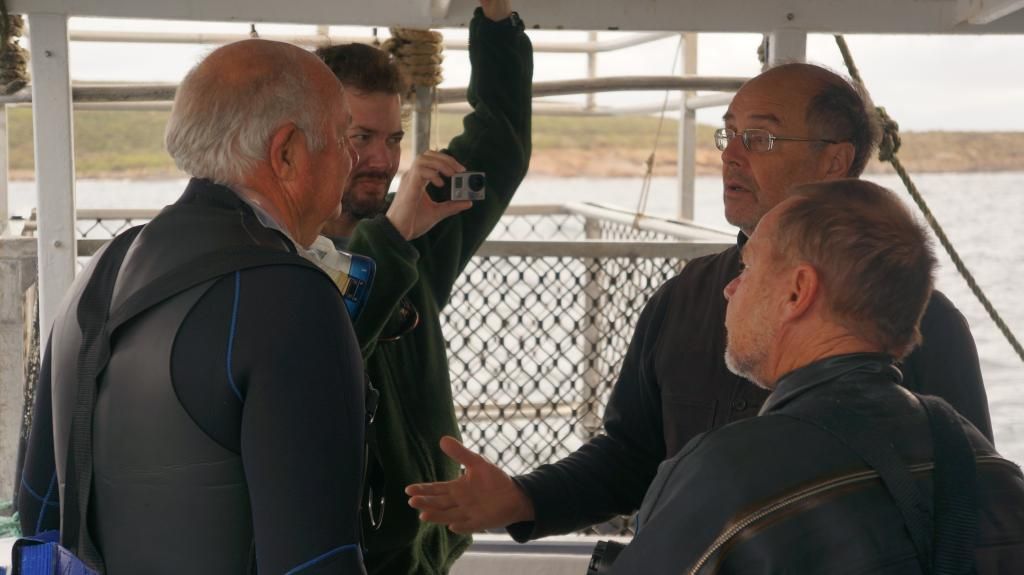
During my time on the boat, I was trained up on deckhand duties involving; bait preparation which was important to keep the bait fresh and appetising but secure, bait handling where placement was important to get the sharks close but not too close, and watcher, a role where polarized glasses, a high position on the back deck and a loud voice were crucial to give the bait handler plenty of warning of an approaching shark.

On the last day, we spotted ‘Mrs. Moo’, a huge super-giant female who was instantly recognizable with her torpedo shaped body and white markings in front of her gills. On the second to last piece of bait, she presented perfectly and Andrew took the opportunity to tag the large girl with a satellite tag. There was a lot of excitement on board as this tagging was a big research priority. The tag will pop up to the surface and upload all its data in 180 days and hopefully provide Dr.Rachel Robbins the onboard shark scientist with some exciting new insights into great white shark movements.
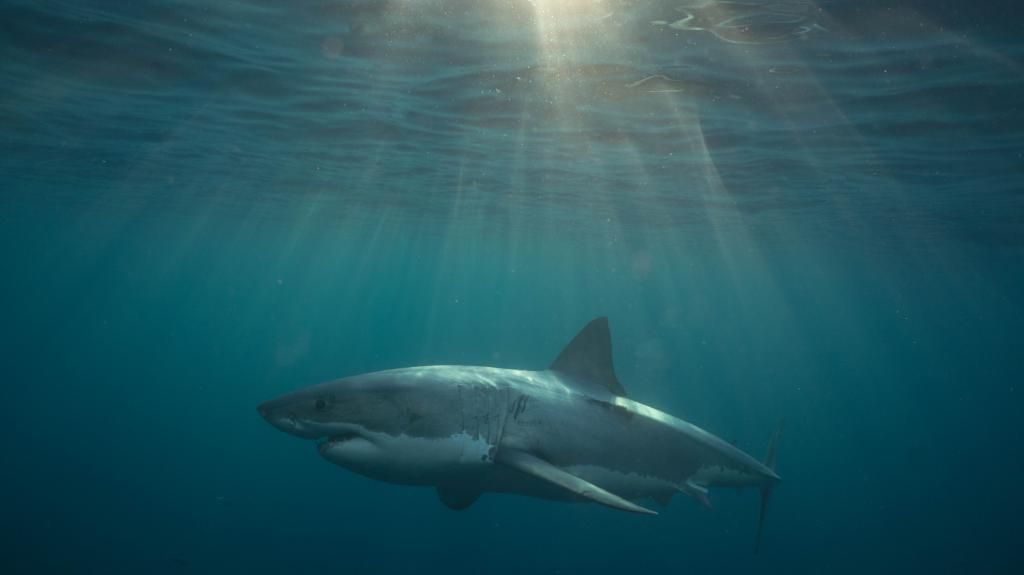
If you want to keep up to date with the latest white shark science and learn about protecting these beautiful animals, you can sponsor an acoustic tag for a shark or even get naming adoption rights and name your own shark! There’s more information on their website and you can connect with their facebook page to find out which new sharks are turning up to the Neptune’s.
This highly educational and exhilarating trip is something that I personally think that everyone should do at some stage in their life. I want to send out a huge thanks to the crew at Rodney Fox for having me on board, for the sharks, the science talks, the roasts, the laughter, the shark dice and the fantastic company. I will be back.
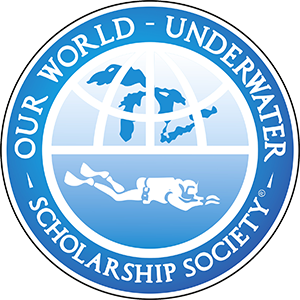
Mate you are doing an AMAZING job! Good luck !!